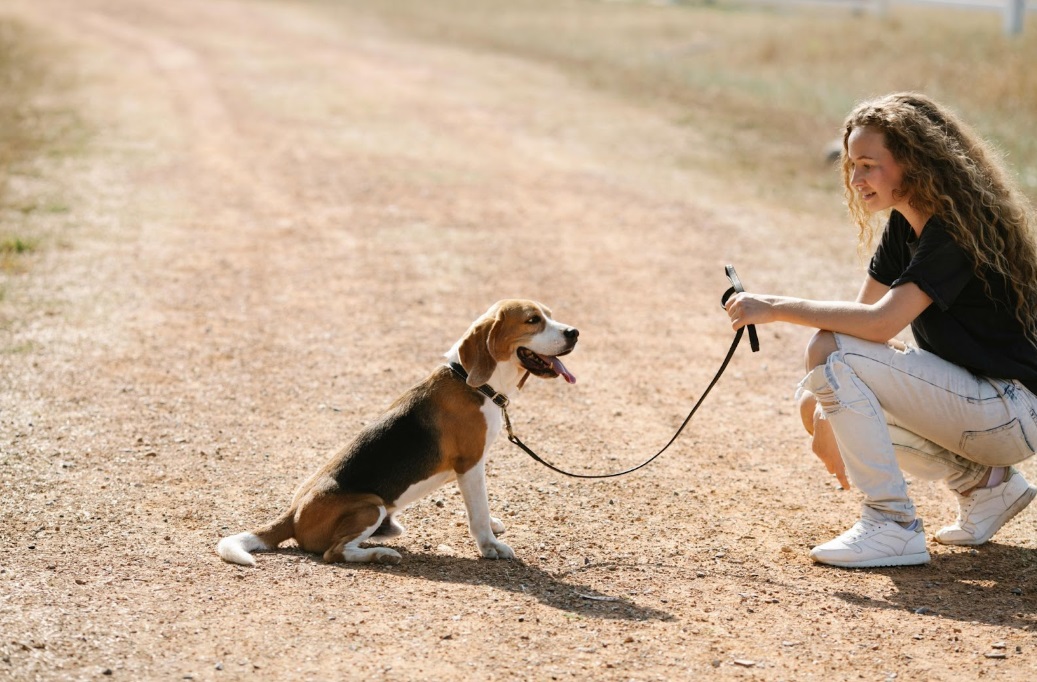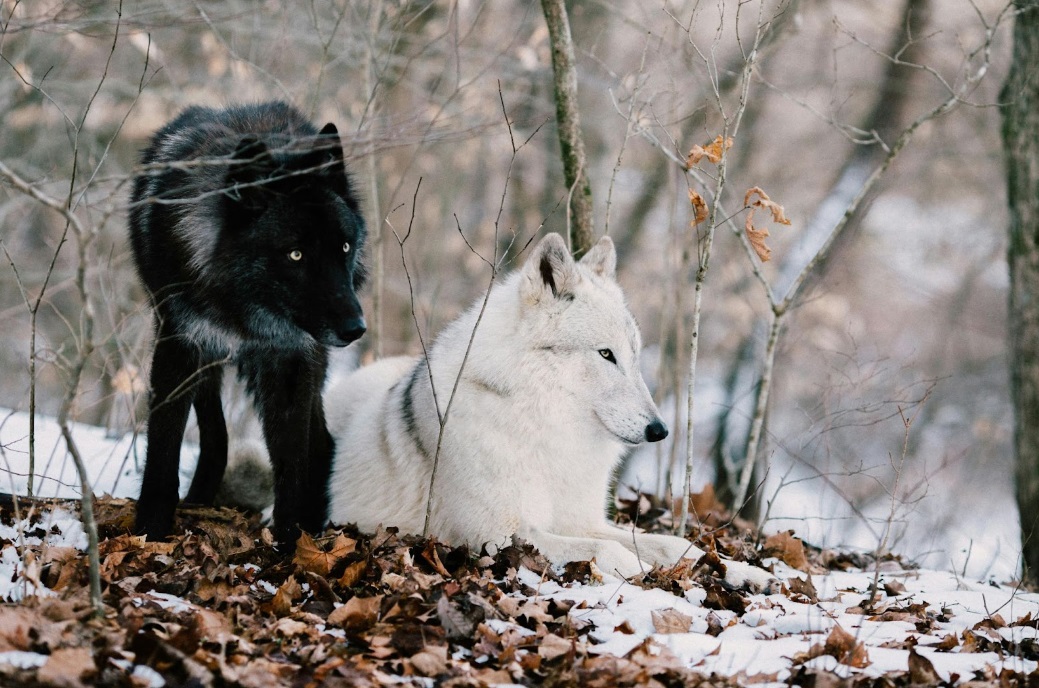Walking with your dog is often one of the most rewarding and fulfilling parts of a dog owner’s day. However, this enjoyment is often undercut by the fact that their dog loves to pull and rush ahead. Loose leash walking, on the other hand, allows dog owners to calmly walk with their dog without the stress of having to rein in their dog constantly.
Introduction to Loose Leash Walking
Loose leash walking is a training goal where your dog walks by your side on a leash without pulling, tugging, or dragging you along. This doesn’t just make walks more enjoyable for both of you but also ensures safety and builds a strong bond based on mutual respect and understanding. Imagine peaceful walks where you and your dog are in sync, enjoying the surroundings without any struggle. That’s the ultimate goal!
Preparatory Steps
Before you start training, it’s crucial to set the stage for success. Here are the initial steps and considerations:
Selecting the Right Gear
Choose a comfortable, well-fitting harness and a sturdy leash that’s around 6 feet long. A harness is preferred over a collar as it distributes pressure more evenly around your dog’s body and reduces the risk of neck injury from pulling. For a small dog like Moodle, it would be best to have 4 – 5 feet of leash to have perfect control of them.
Understanding Your Dog’s Current Obedience Level
Assess your dog’s ability to follow basic commands such as “sit,” “stay,” and “come.” These commands form the foundation of effective communication during leash training.
Mental and Physical Preparation
Ensure your dog is in a calm state before starting. A tired dog is more receptive to learning, so consider some playtime or a short walk to burn off excess energy.
Basic Training Techniques
You’ll have to establish a solid foundation for loose leash walking with some basic training techniques that you can practise at home. Before going out, you should get these down in a calm environment.
Focus Exercises
Begin with exercises that encourage your dog to pay attention to you. Use a special word or a clicker followed by a treat to reward moments of eye contact. This builds the connection between paying attention to you and getting rewards.
Understanding Cues
Introduce a cue word or signal that means “walk by my side.” Use treats to lure your dog to the desired position by your side and reward them for staying in place. Start in a distraction-free environment to make learning easier.
Step-by-Step Instructions for Introducing Loose Leash Walking
1. Creating a Positive Association
Start by making the leash and harness a source of joy for your dog. Before you even begin walking, let your dog sniff and investigate the gear. Put it on and take it off in a calm environment, rewarding your dog each time they allow you to do so without fuss. This step helps your dog associate the leash and harness with positive experiences, making them more cooperative when you start walking.
2. Introducing the Leash and Cue Word
With the right gear selected, introduce the leash in a quiet, familiar environment to minimise distractions. Choose a cue word or phrase like “let’s walk” or “side” that signals it’s time to start walking together. Consistency with this cue will help your dog understand the expected behaviour. Initially, practice inside your home or in a secure, low-distraction area like your backyard.
3. Rewarding Proximity
Encourage your dog to stay close to you by using treats or their favourite toy. Whenever they come to your side, immediately reward them. This reinforcement helps them understand that being by your side is the best place to be. Keep the leash slack when they’re in the correct position to emphasise that loose leash walking is the goal.
4. Introducing Movement
Once your dog is comfortable being by your side and understands the cue, start taking small steps forward. If they stay by your side, reward them. Begin with short distances, such as walking from one end of a room to another, gradually increasing the distance as they improve. If they pull or move away, stop immediately, call them back to your side, and reward their return before trying again.
5. Managing Pulling
If your dog starts to pull on the leash, stand still and use your cue word to encourage them to return to your side. Only resume walking once the leash is slack. This teaches your dog that pulling stops the walk, while slack in the leash allows the walk to continue. If pulling is persistent, change directions frequently so your dog learns to pay attention to where you’re going rather than forging ahead.
6. Gradual Introduction to Distractions
As your dog becomes more proficient at walking by your side in a quiet environment, gradually introduce more distractions. Start with slightly busier areas or introduce toys and treats during walks to simulate real-world distractions. Reward them for maintaining focus on you despite these distractions.
7. Incorporating Variable Rewards
Once your dog starts to show consistency in loose leash walking, begin to vary the rewards. Instead of treating every single time, mix in verbal praise, petting, or playtime as rewards for walking nicely. This unpredictability keeps them motivated and attentive to you, not just the treats.
8. Practising in Different Environments
To ensure your dog is well-versed in loose leash walking, practice in various settings—neighbourhood streets, parks, and places with more distractions. Each new environment presents different challenges and distractions, helping to solidify their training.
Common Challenges and Solutions
Constant Pulling
If your dog continues to pull, consider short training sessions more frequently. Use treats they find irresistible and gradually increase the level of distractions as they improve.
Lack of Interest
Some dogs might not be food-motivated. Find what excites your dog—it could be toys, praise, or playtime—and use that as a reward.
Overexcitement
For dogs that get too excited about walks, practice putting on the leash and harness several times a day without going out. This reduces the association between gear and walks, helping them stay calmer.
Conclusion
Loose leash walking is more than just a training exercise; it’s a way to enhance the bond between you and your dog, ensuring safety and enjoyment for both. Remember, patience and consistency are key. Celebrate the small victories and understand that progress takes time. Don’t hesitate to seek further resources or professional help if needed. With dedication and the right approach, you and your dog will be enjoying harmonious walks in no time. Start this journey with confidence and patience, and watch as you and your furry companion grow closer and more in tune with each step you take together.



